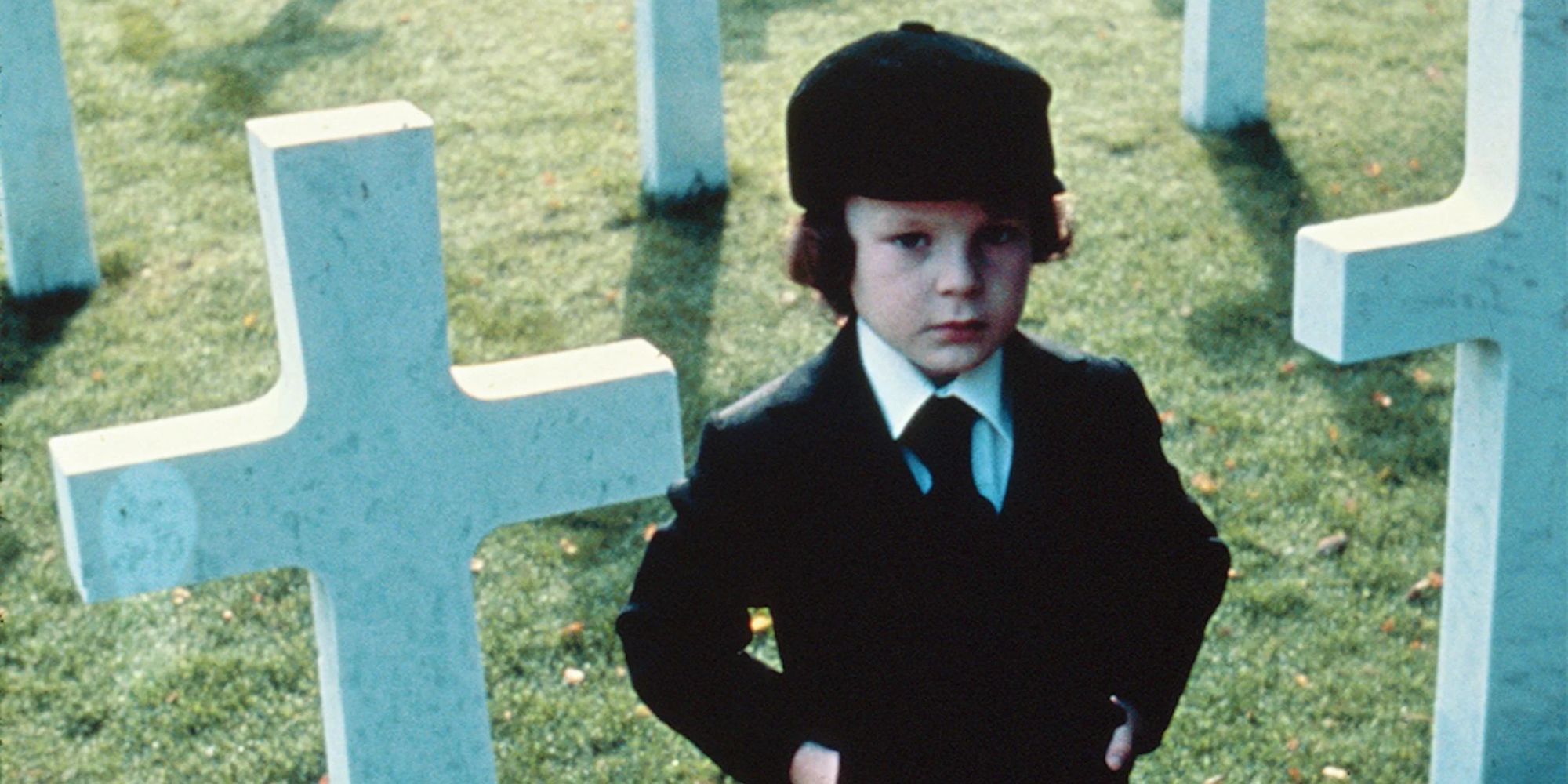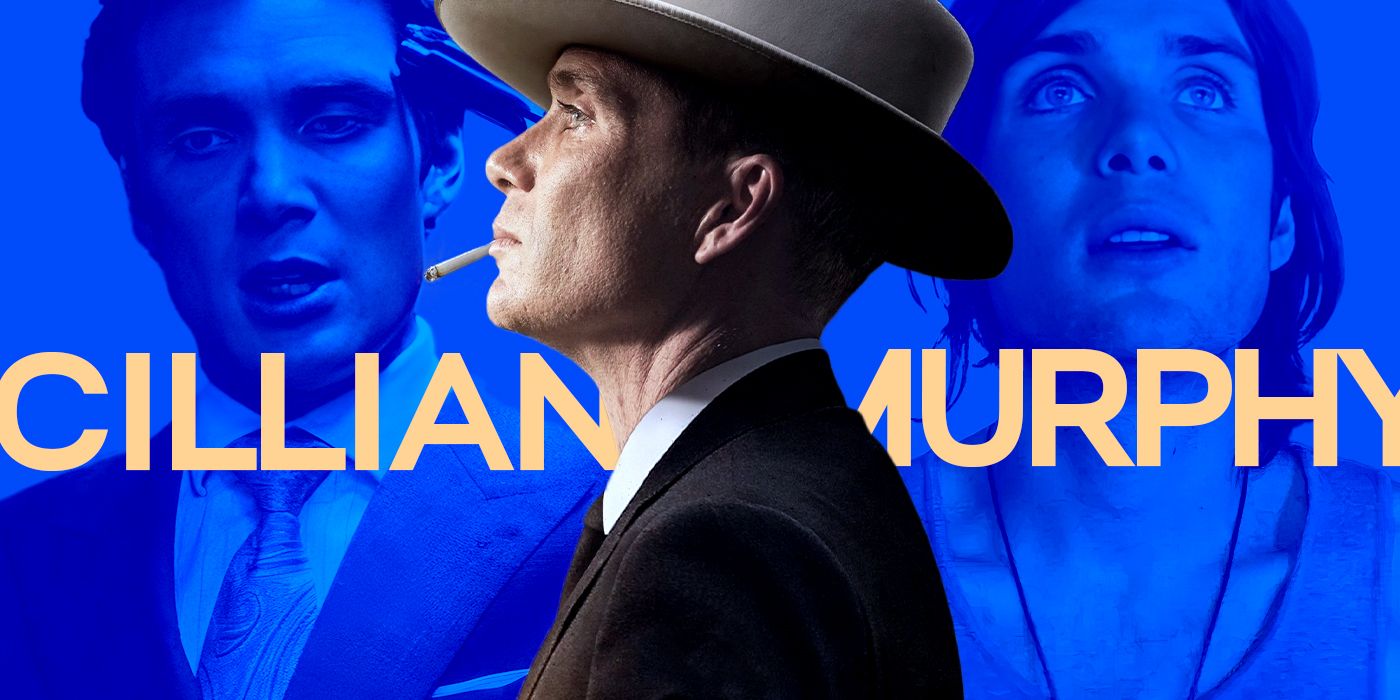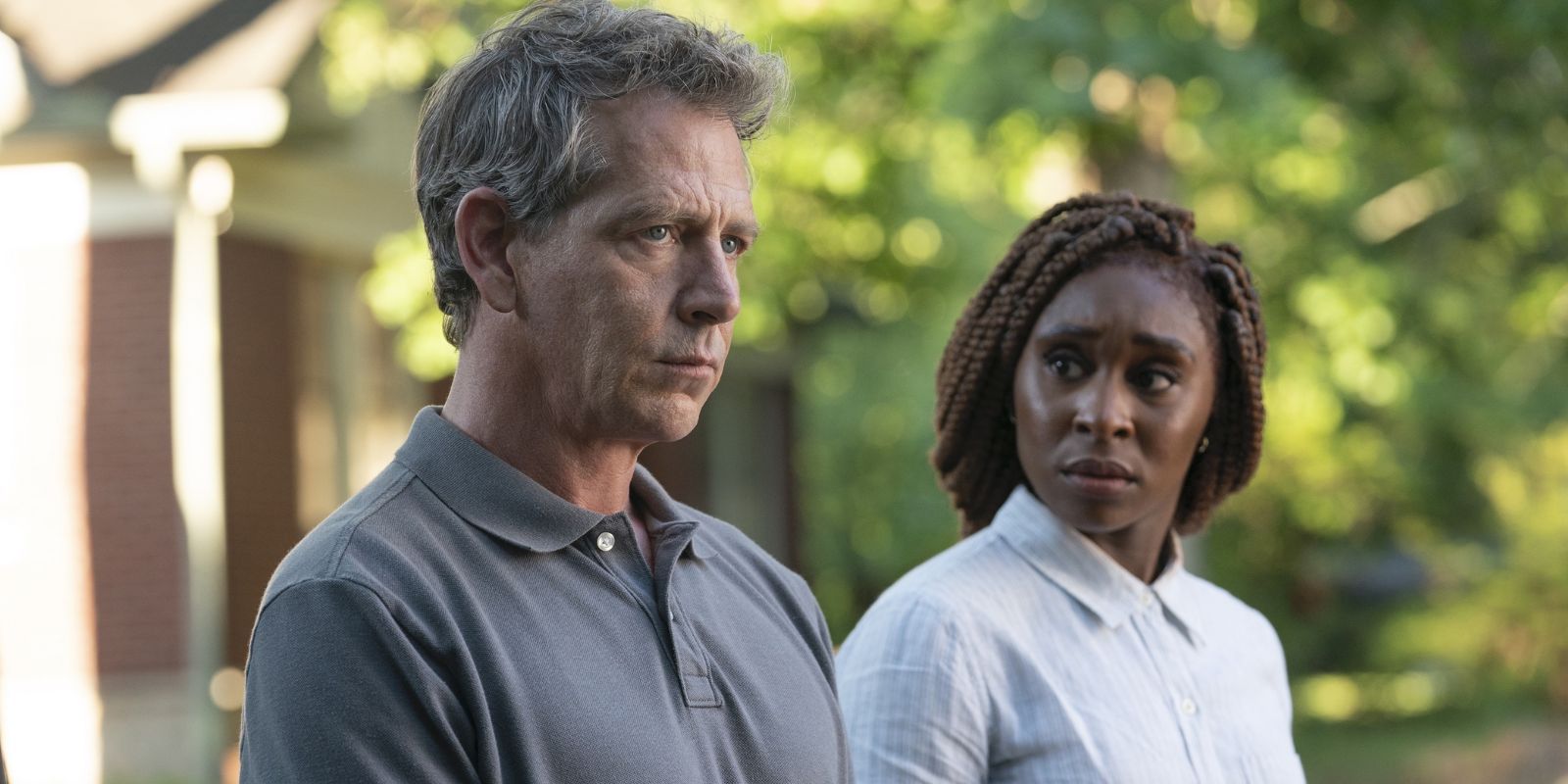Horror films are something you have to prepare for. Whether it’s gripping the seat or shielding your eyes or ears, or wrapping yourself up in a world full of tension and menace, great horror movies are much more than jump scares. Utilizing the sound of floorboards, the movement of shadows, the unpredictability of mist, horrific or hilarious (or hilariously horrific) deaths, or a tingling film score—this genre is always playing with the audience. The greatest horror films can be heady and philosophical, slapstick or serious—in short, if you’re a fan of horror, most likely you’re a fan of cinema. No other genre best represents how the moving image can affect us—by using every filmmaking tool in the shed.
Horror cinema has seen historic highs; the best horror movies never really leave your mind for good. But which of the genre’s finest are the very, very best? Below are the greatest, the most unforgettable—and indeed the most frightening—horror movies ever made, ranked from great to greatest.
75 ‘Train to Busan’ (2016)
When divorced workaholic Seok-woo (Gong Yoo) is asked to transport his young daughter to her mother’s place in Busan for her birthday, they board a train to get there. As their journey gets underway, South Korea suffers a zombie apocalypse, forcing the train’s occupants to work together to survive the outbreak.
Arriving at a time when the zombie genre had been declared stale due to oversaturation, Train to Busan shocked the genre back to life like the undead it features. Moving at a breakneck pace, Train to Busan is a thrill ride bolstered by a strong cast and effective set pieces that makes this one of the best zombie movies in decades. — Ty Weinert
74 ‘The Sixth Sense’ (1999)
When nine-year-old Cole Sear (Haley Joel Osment) begins to see visions of dead people, he is paired with child psychologist Malcome Crowe (Bruce Willis) to better understand this strange phenomenon. First believing that Cole is simply mentally unwell, Crowe soon becomes a believer of Cole’s newfound powers.
The breakthrough of divisive writer-director M. Night Shyamalan, The Sixth Sense is a terrific showcase of all the traits that would go on to define his career. While everyone always talks about the ending when discussing the movie, the rest of The Sixth Sense is still a well-crafted and highly effective horror tale.This is one of scarce few horror movies in history to receive an Oscar nod for Best Picture. — Ty Weinert
73 ‘Carnival of Souls’ (1962)
Directed by Herk Harvey, who also plays a major and disturbing role, Carnival of Souls stars Candace Hilligoss. It follows Mary Henry, a woman who mysteriously survives a tragic car accident. Moving to Utah to start anew, she becomes haunted by visions of a ghoulish man drawing her to an abandoned carnival on the outskirts of town.
Like many horror films, Carnival of Souls received a tepid response upon its original release before attracting newfound respect from later generations. The film is eerie and atmospheric, making the most of its chilling premise and crafting a unique world where everything is terrifying. Carnival of Souls finds the horror in everyday life, proving that simply existing can sometimes be a nightmare. — David Caballero
72 ‘The Descent’ (2005)
Reeling from the shocking deaths of her husband and young daughter, Sarah (Shauna Macdonald) is convinced by her friends to embark on an adventure holiday to combat her grief. As the group of six women enter an uncharted cave system, they soon discover the endless maze is home to a colony of flesh-eating monsters.
One of the most claustrophobic horror movies of all time, The Descent uses its environment perfectly as its characters are subjected to frequent attacks in the pitch-black caverns. The result is a thrilling experience that never lets up as the characters claw for a way to escape, trying to come up for air just like the audience caught in the movie’s razor-sharp grip. — Ty Weinert
71 ’28 Days Later’ (2002)
Danny Boyle crafted a new image of the viral apocalypse in 2002, set to the tune of rage. Following Cillian Murphy‘s Jim after he wakes up in a post-apocalyptic London, ravaged by the “rage virus” that turned the civilians into bloodthirsty savages, 28 Days Later set an intimate character drama across the downfall of society, playing expertly with zombie and doomsday tropes (and no doubt helping to spark the resurgence of both genres that followed) with a healthy dash of Boyle’s signature cinematic stylings.
28 Days Later is so successful because it is as tender as it is terrifying, matching moments of horror with humanity, and a healthy spattering of cultural commentary along the way. — Haleigh Foutch
70 ‘Shaun of the Dead’ (2004)
From a script he penned with long-time collaborator and star Simon Pegg, Edgar Wright‘s joyful horror comedy goes straight for the guts with horror, humor, and a healthy dose of heartfelt character drama. Shaun of the Dead stars Pegg as the titular hero, an affable if under-accomplished young man who’s jarred out of his stagnant day-to-day when the zombie apocalypse spurs him to reunite with his estranged girlfriend and sort out his issues with his mom. With his crass, foul-mouthed best friend in tow (Nick Frost), Shaun sets out to save the day and prove his worth in the midst of the “zed-word” plague.
Wright directs with his signature vibrancy and pop culture reference, striking a razor-wire balance between homage and reinvention, and the script is packed with cheeky dialogue, pithy one-liners, and generous heaps of visual comedy along the way. But if Shaun of the Dead can be gleefully silly, it also has real characters and real stakes that make the zombie action as engrossing as the laugh-out-loud comedy, and escalate the film beyond in-jokes and witty banter to something a more soulful and enduring. — Haleigh Foutch
69 ‘The Devil’s Backbone’ (2001)
After being orphaned during the Spanish Civil War, twelve-year-old Carlos (Fernando Tielve) is sent to live in a small orphanage that finds itself caught in the center of the conflict. Soon after arriving, Carlos begins to experience strange visions and noises at the orphanage, causing him to believe the place is haunted.
Directed by Guillermo del Toro before he experienced mainstream success, The Devil’s Backbone is an early showcase of the combination of terrifying horror and childlike wonder he is famous for. Akin to his later work in Pan’s Labyrinth, The Devil’s Backbone is a portrait of the horrors of reality seen through the eyes of a young child. —Ty Weinert
68 ‘The Loved Ones’ (2009)
When troubled high school student Brent (Xavier Samuel) kindly turns down loner Lola Stone’s (Robin McLeavy) invitation to the school dance, he learns that she won’t take no for an answer. Kidnapped by Lola and her devoted father, Brent is subjected to a night of torture and pink sequins as he finds himself the guest of honor at Lola’s personal, twisted party.
One of the best horror movies to come from Australia, The Loved Ones strikes a fine balance between comedy and horror even as characters are being mutilated. McLeavy is terrifying as the pink dress-wearing Lola Stone, with her committed and terrifying performance creating one of the standout villains of the 21st century. — Ty Weinert
67 ‘It Follows’ (2014)
It Follows boasts one of the most extraordinarily clever concepts for a horror film in ages. The story centers on Jay (Maika Monroe), a sweet high school girl who finds herself caught in a deadly bind after she contracts a sexually-transmitted death sentence after giving into her adolescent lust one night. Jay hasn’t caught an STD, but something much worse; a ghoulish apparition that stalks her wherever she goes, ever close behind. It follows. When “it” reaches her, she will die…horribly. She can give it to someone else by sleeping with them, but if it kills them, it will move back to her, and so on, right up the line of everyone who’s ever caught it. David Robert Mitchell’s concept is brilliant, and while the script fumbles at moments, his execution of that concept is gorgeous.
The film is shot with a hazy dreamlike aesthetic that’s strengthened by Disasterpeace’s alternately ethereal and ominous score. Playing on our innate fears of intimacy and mortality, It Follows excels at a sensation of creeping unease; a relentless dread and paranoia that will…well, follow you for days. – Haleigh Foutch
66 ‘[REC]’ (2007)
While many found footage horrors suffer from the seemingly silly “keep the camera rolling” imperative even as the world topples around the person capturing the chaos, [REC] employs a simple narrative device – that is, our central protagonist Ángela (Manuela Velasco) is a television reporter – to keep the camera’s continuous rolling from crossing over into the absurd. Inadvertently entering an apartment complex moments before it’s discovered to be the ground zero of a curious (and increasingly vicious) zombie infection, Ángela becomes immediately intent on documenting the spread of the disease; that is, until the bubbling violence turns a would-be broadcast into a tooth and nail fight for her life.
Making good use of its claustrophobic environment, [REC] languishes in sickening person-to-person scares (a la The Mist) before ticking the “supernatural horror” box in an incredibly taught final scene – and while perhaps the indulgence could strike some viewers as unnecessary, it’s inarguable that the film’s final minutes remain some of the highest pitched tension the genre has to offer. — Aubrey Page
65 ‘The Wailing’ (2016)
2016’s gripping The Wailing depicts the tragic aftermath of a Japanese stranger (Jun Kunimura) and his dog’s arrival in a small village. When a mysterious disease breaks out and starts spreading, inciting the residents into brutal acts of violence, a policeman (Kwak Do-won) finds himself forced to solve the mystery.
Na Hong-jin‘s terrifying movieundoubtedly remains a South Korean horror essential, with many even believing it holds a special place among the best in the zombie subgenre. It’s no wonder why — featuring memorable performances and a gruesome plot, the soul-crushing The Wailing is guaranteed to stick with anyone who dares to watch it. — Daniela Gama
64 ‘The Mummy’ (1932)
When a team of archaeologists stumble upon a preserved mummy in an ancient Egyptian tomb, they accidentally revive the dead prince, who swiftly escapes. Years later, Imhotep (Boris Karloff) has immersed himself in modern society as he searches for the reincarnation of his lost love.
Long before Brendan Fraser battled The Mummy, the 1932 original followed a similar storyline, albeit with less action and more focus on its characters. The result is a classic horror film that is dripping with atmosphere as Imhotep stops at nothing to secure the love he has been denied for centuries. — Ty Weinert
63 ‘Ringu’ (1998)
For the most part, this J-horror classic keeps to the same plot turns as Gore Verbinski’s exemplary remake: there’s a video out there that once you see it, you die an awful, unexplainable death via (seemingly) a cadre of menacing spirits. Where Verbinski hung his hat on the journalistic investigation into the source of the tape and its confounding imagery, but the original Ringu leans on imagery itself to replicate the effect of the tape on its victims for the audience, smash cutting to more bewitching and disturbing visions of a young woman with long black hair who twitches and contorts in unexpected ways.
Like most of the best J-horror films, Ringu is not entirely interested in the logic of its story but rather in expressing the utter eeriness and unexplainable happenings that one would imagine occur around ghosts and sinister forces. In this respect, Ringu counts as one of the most hypnotic and unforgettable works of the sub-genre. — Chris Cabin
62 ‘Lake Mungo’ (2008)
After losing their teenage daughter in a drowning incident, an Australian family begins to experience strange, seemingly paranormal events in their home. Believing they are being visited by Alice’s ghost, the family sets up cameras and hires a parapsychologist to investigate the bizarre events plaguing them.
An effective take on the “mockumentary” and found footage formats, Lake Mungo is held together by interviews with Alice’s family as they investigate the mystery surrounding Alice’s death. The result is a creepily effective examination of the devastation felt by a family who lose one of their members, and a masterwork of dread. — Ty Weinert
61 ‘Re-Animator’ (1985)
Horror movies taking cues from H.P. Lovecraft‘s iconic works—even if the work in question happens to be one of his most poorly received—is a great place to start with the right creative team. It might surprise you to find that Re-Animator was inspired by Lovecraft, but the 1920s short story serial “Herbert West, Reanimator” was one of the first fiction stories to envision zombies as scientifically resurrected entities; it’s also the first mention of Lovecraft’s Miskatonic University.
Gordon’s contemporary take on Re-Animator kept the title character of Herbert West but brought him from his inauspicious career at the University of Zurich to New England’s Miskatonic University to continue his training as a medical student. The movie quickly dives into its mythology centering on scientific experiments bent on reanimating dead tissue (be they cats or humans) and soon folds in the concept of mind-control and themes of anti-authority, all complemented with fantastically low-budget practical effects. – Dave Trumbore
60 ‘House’ (1977)
Horror comedies are often inspired entries into the larger horror genres, and few are more noteworthy than Nobuhiko Obayashi‘s 1977 cult classic House. Starring a cast of amateur actors, the plot revolves around six teenage girls who become prey to a haunted house in Tokyo.
House is Grang Guignol done right. Kitschy and deliberately over-the-top, the film adopts a demented approach to horror, embracing the sheer lunacy of its premise. It benefits from its largely inexperienced cast, who bring a sense of naturalism to an overblown plot, creating a fascinating contrast. More an acid trip than a straightforward horror comedy, House is original, unrestrained, powerful, ridiculous, and utterly unforgettable. —David Caballero
59 ‘The Invisible Man’ (1933)
After a science experiment causes him to become invisible, Dr. Jack Griffin (Claude Rains) becomes a recluse as he lives covered in bandages and with dark glasses obscuring his eyes. This new power has caused Griffin to be driven mad, and he soon begins a murderous reign of terror.
One of the original movie monsters, The Invisible Man exists as both a creepy thriller and a portrait of a talented man driven mad with power. Despite having his face obscured the entire time, Rains delivers a commanding performance as the title character, with his velvety voice helping to define this sly and sinister villain. — Ty Weinert
58 ‘Repulsion’ (1965)
Repulsion is a masterpiece of psychological horror. Catherine Deneuve stars as Carol Ledoux, a disturbed, androphobic young woman who descends into madness when left alone in her London apartment. Repulsion marks the English-language debut of controversial, disgraced director Roman Polanski.
Powered by a tour-de-force performance from Deneuve, Repulsion is a nightmarish, claustrophobic experience. Dipping its toes into Grand Guignol without actually succumbing to the genre’s devices, the film offers an overwhelming, escalating, and tortuous detour into the struggles of womanhood, especially in a world very much governed by men. Toying with ideas of trauma and an innate resistance to conventionality, Repulsion is a near-perfect horror movie with a gut-punching message to boot. — David Caballero
57 ‘Häxan’ (1922)
Part documentary and part narrative fiction, Haxan explores the origins of witchcraft and satanism. The documentary side explores these themes through the study of artwork and ancient practices, while the narrative side follows a woman who has been accused of practicing witchcraft in the Middle Ages.
Despite being a silent film, Haxan manages to convey its themes and topics brilliantly courtesy of the stunning visuals that it presents. Over 100 years old, its visuals remain some of the most striking and unnerving in horror, while its documentary and narrative split makes it one of the most unique films in the genre. — Ty Weinert
56 ‘The Omen’ (1976)
Richard Donner‘s 1976 supernatural horror film The Omen stars Gregory Peck, Lee Remick, and young Harvey Stephens in his film debut. The plot centers on a married couple experiencing bizarre supernatural phenomena, eventually discovering their five-year-old child, Damien, is the Antichrist.
Few horror films are as bleak as The Omen. It’s not the gore and violence that makes it so harrowing but rather the stark and undeniable sense of dread plaguing the plot. Peck and Remick deliver two suitably terrified performances, while young Stephens gives one of the creepiest, most unsettling portrayals of evil ever captured on film. The Omen is more off-putting than outright scary, mainly because it presents a truly traumatizing question: what if the Bible is right? — David Caballero

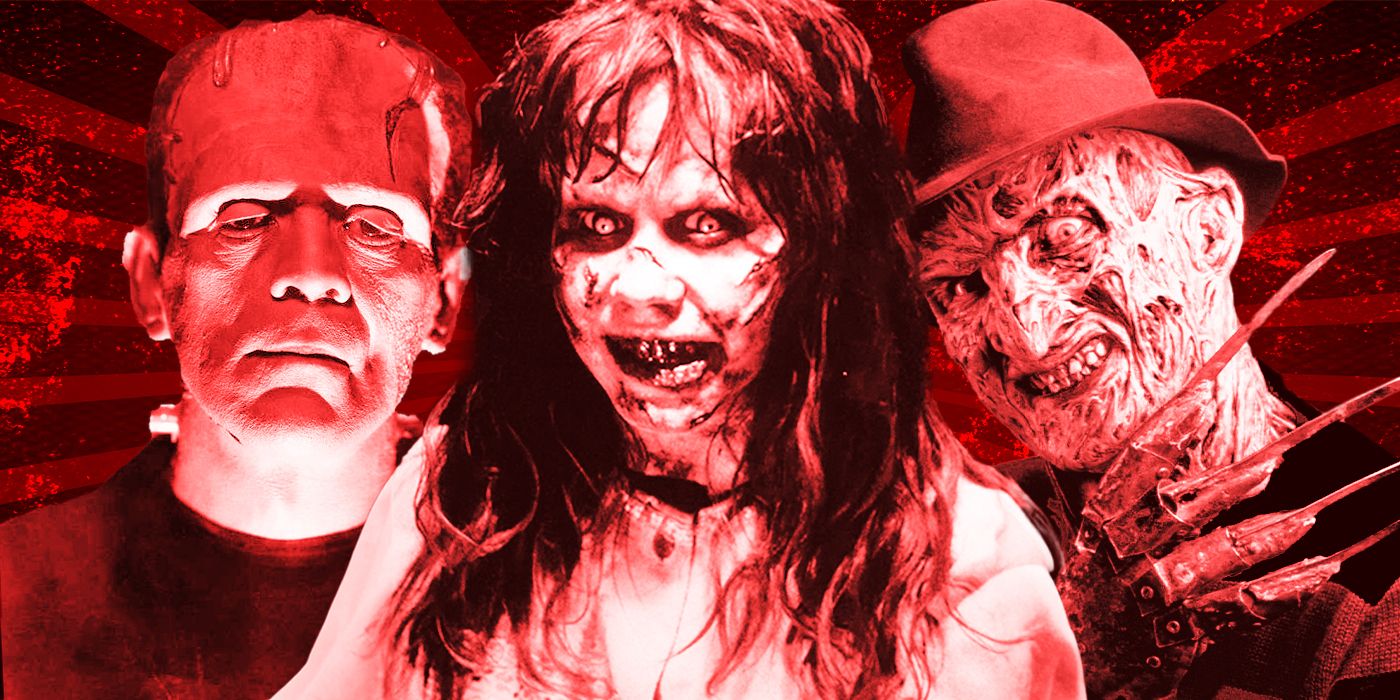
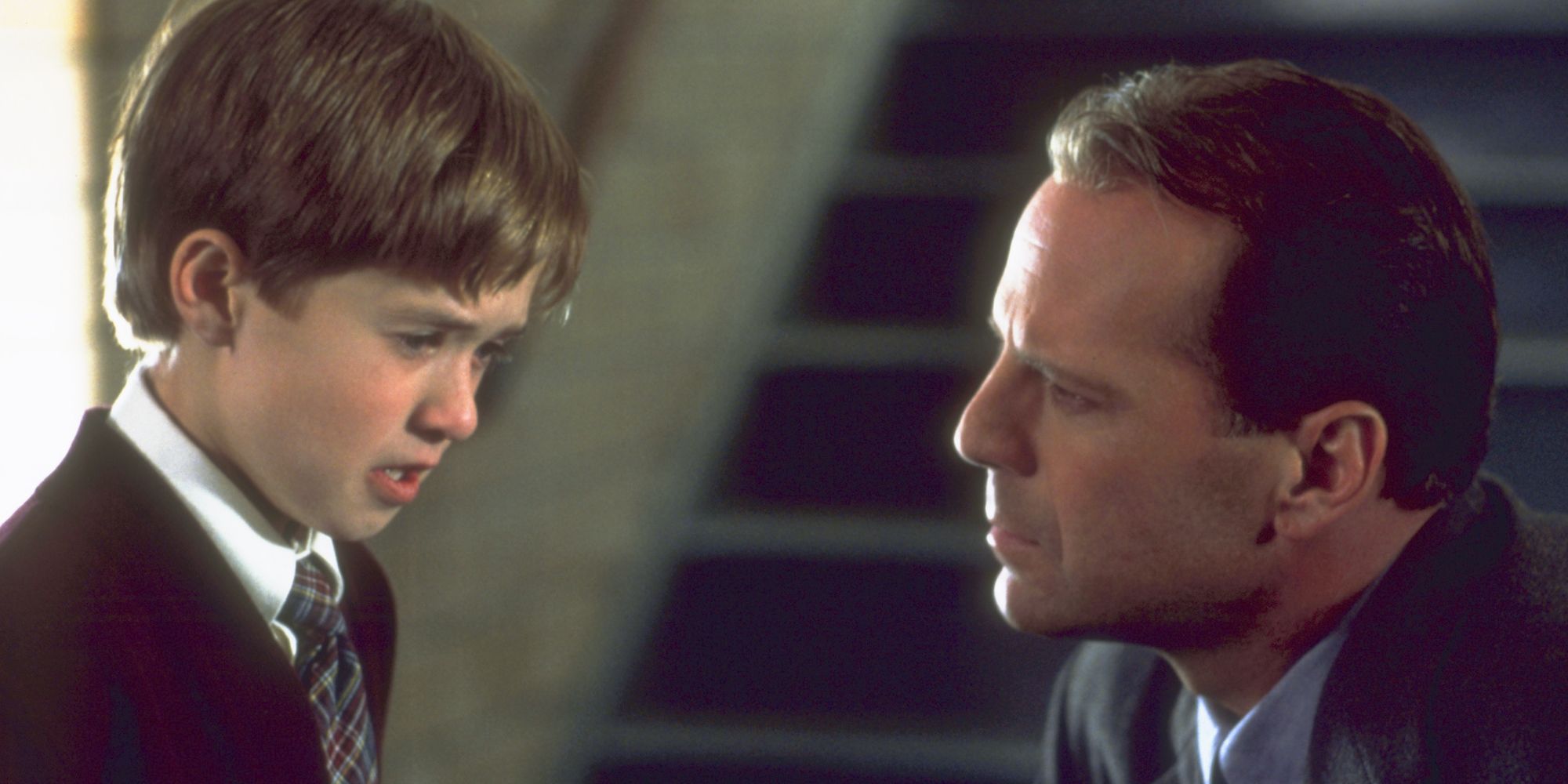
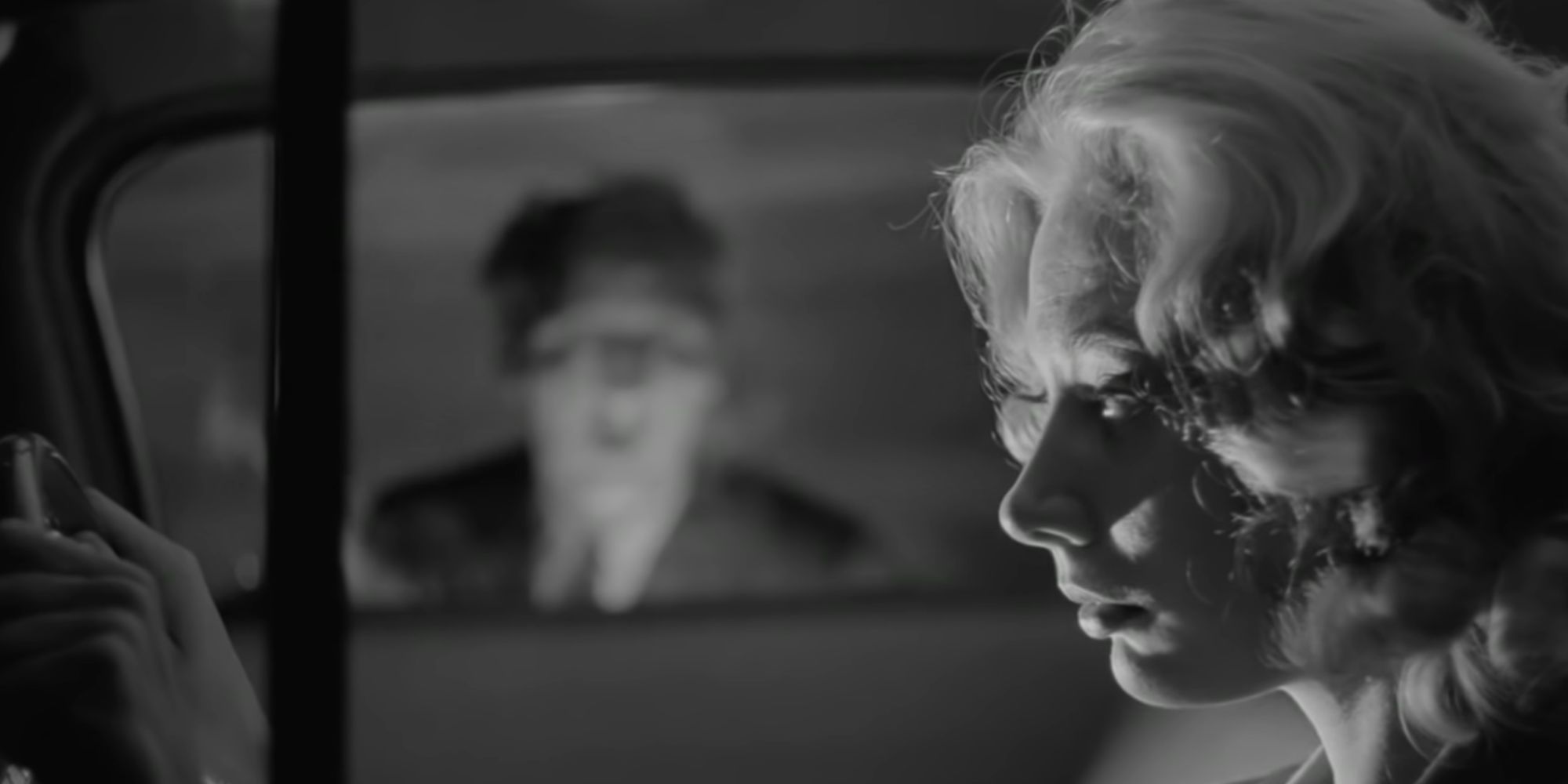
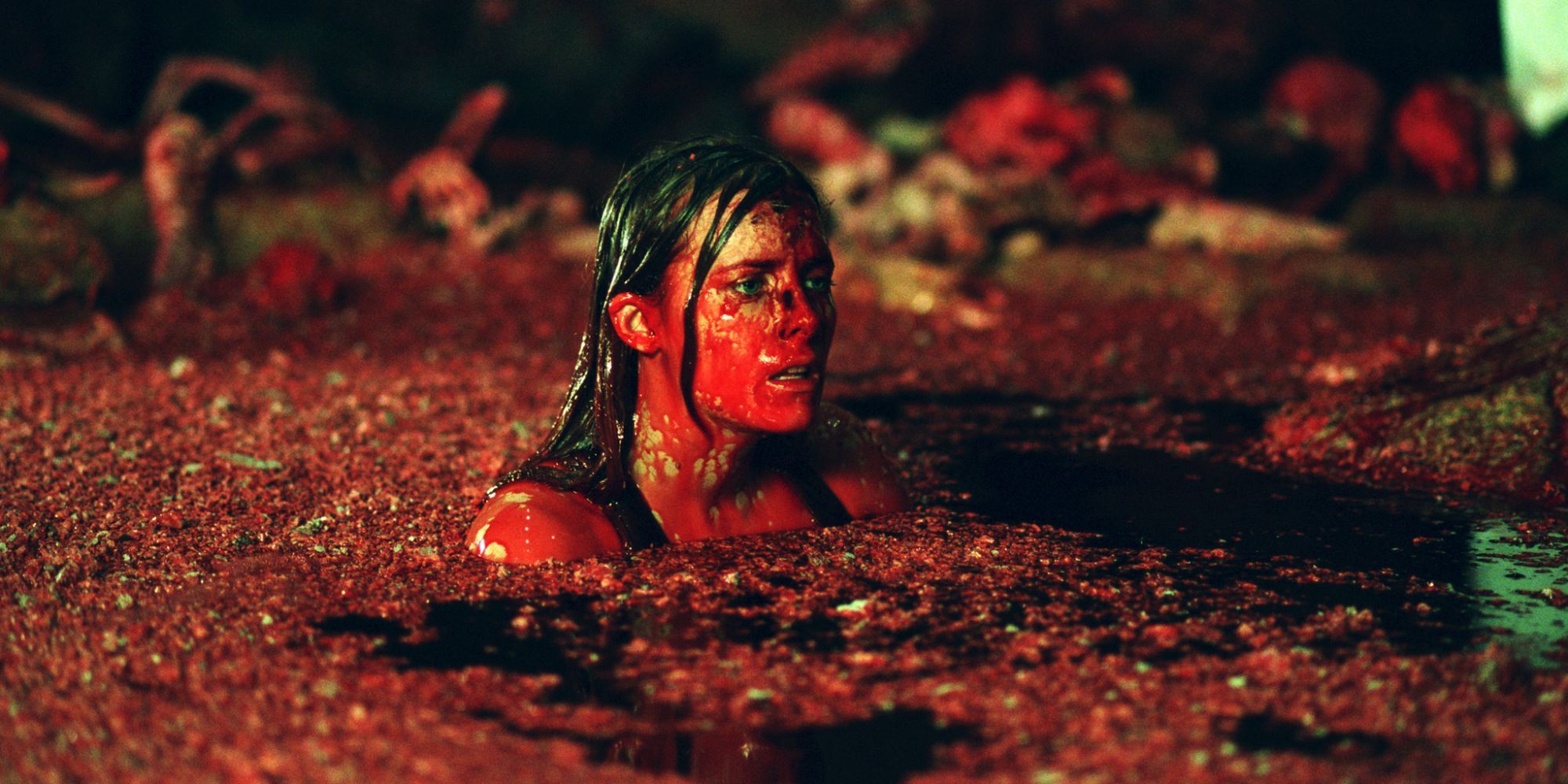
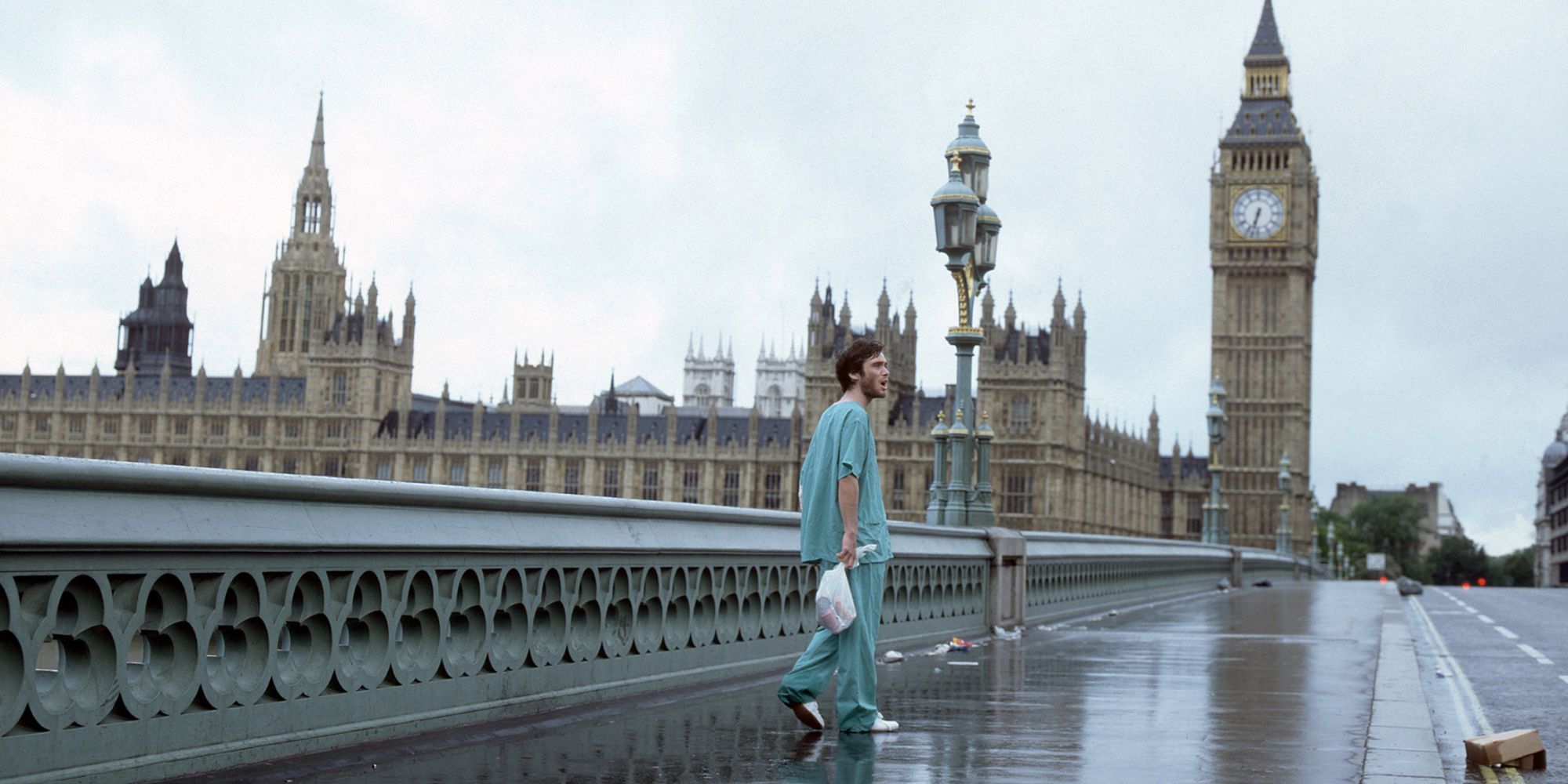
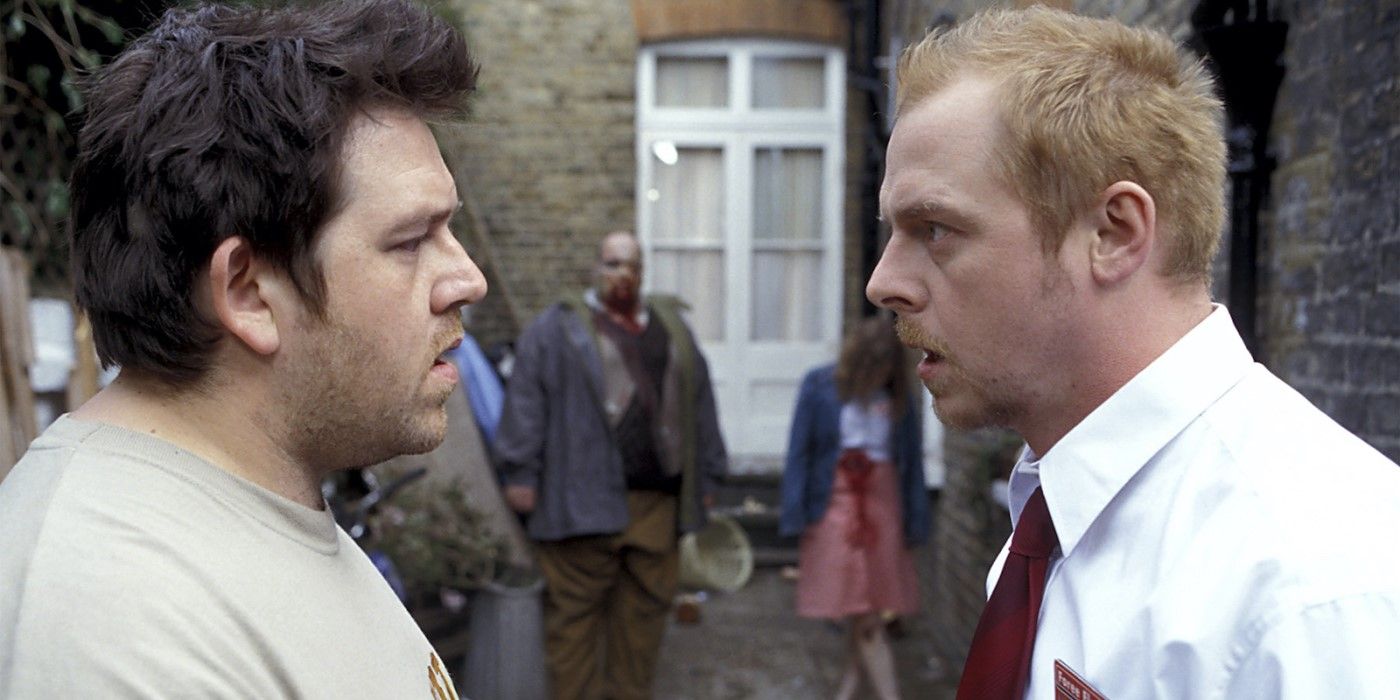
.jpg)
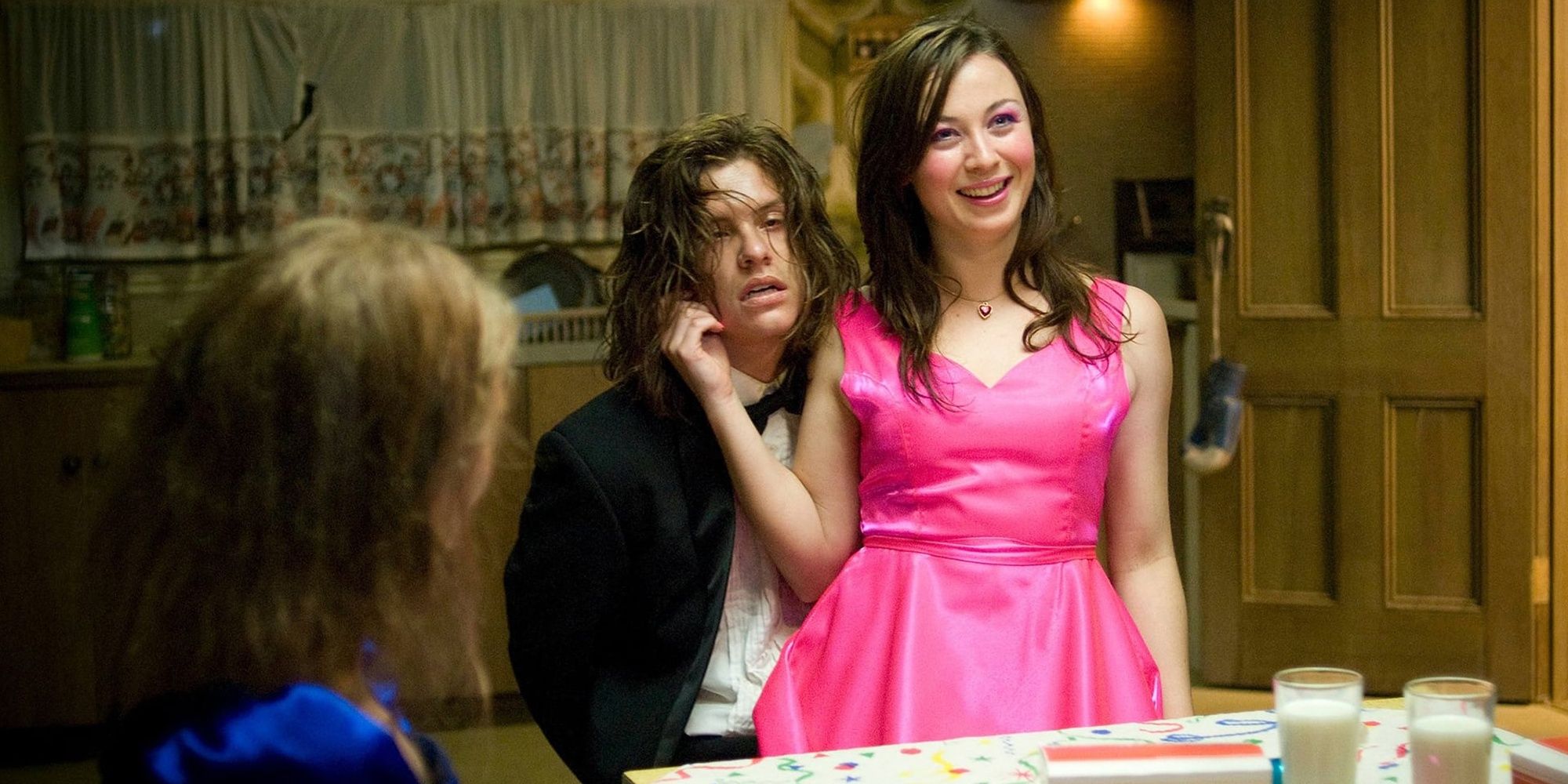
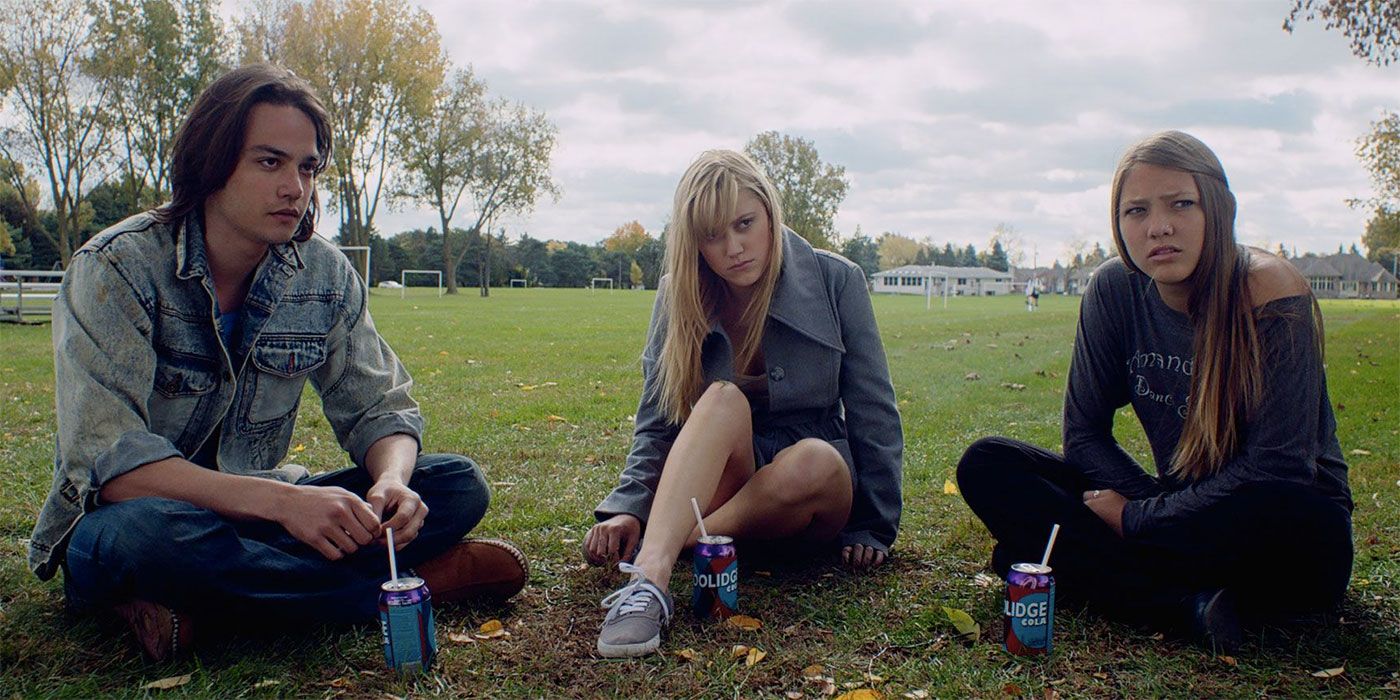
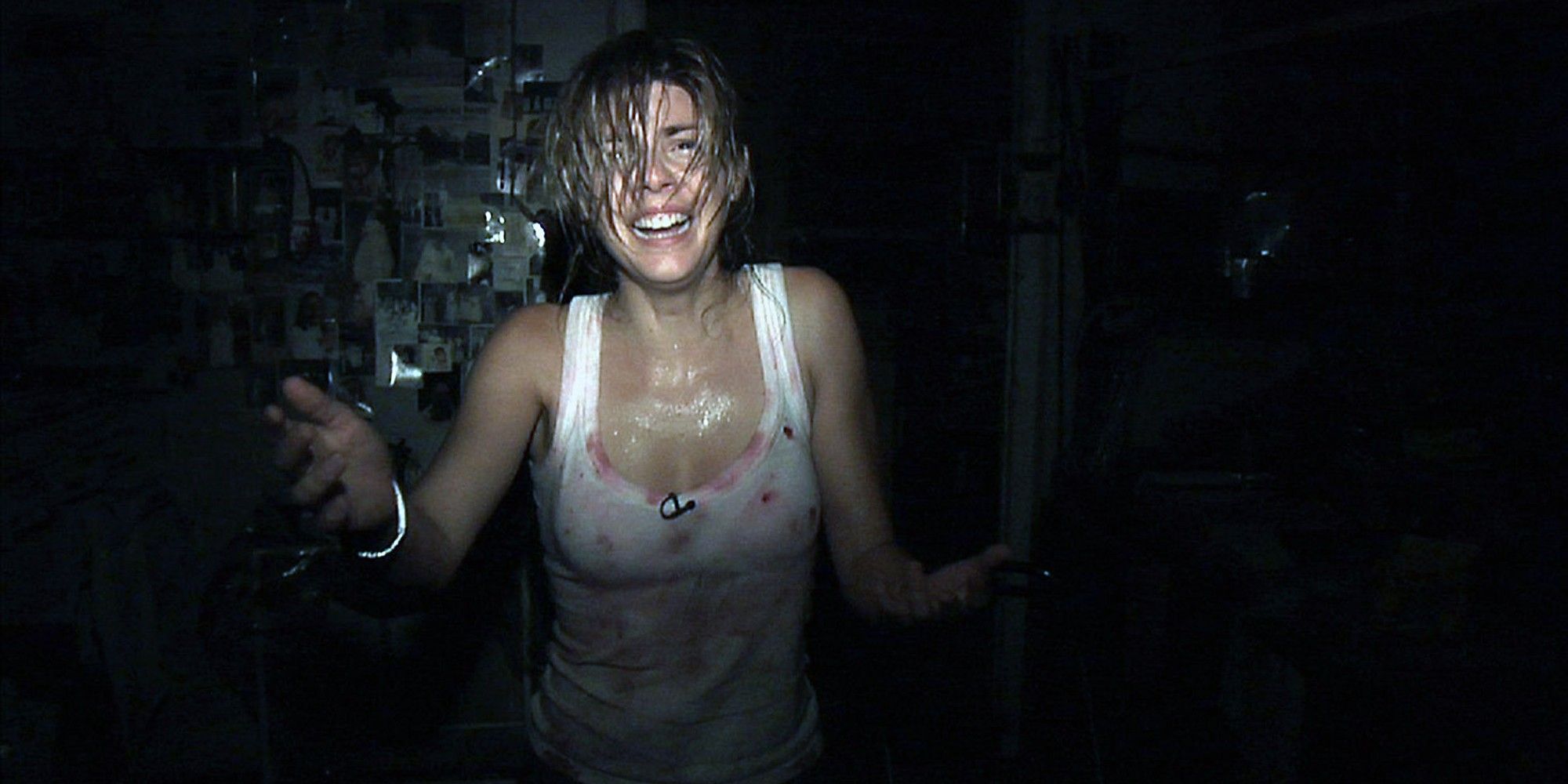
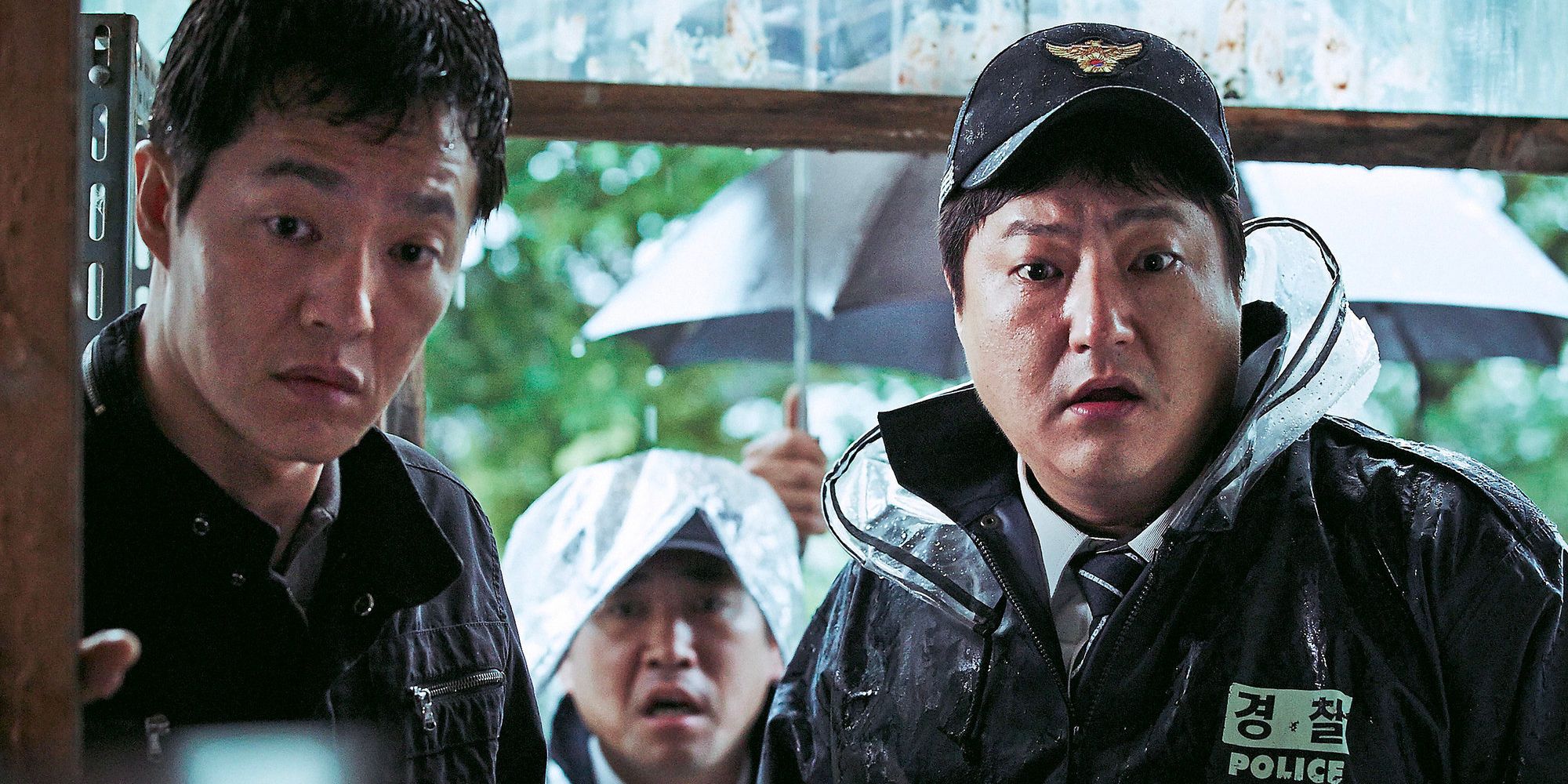
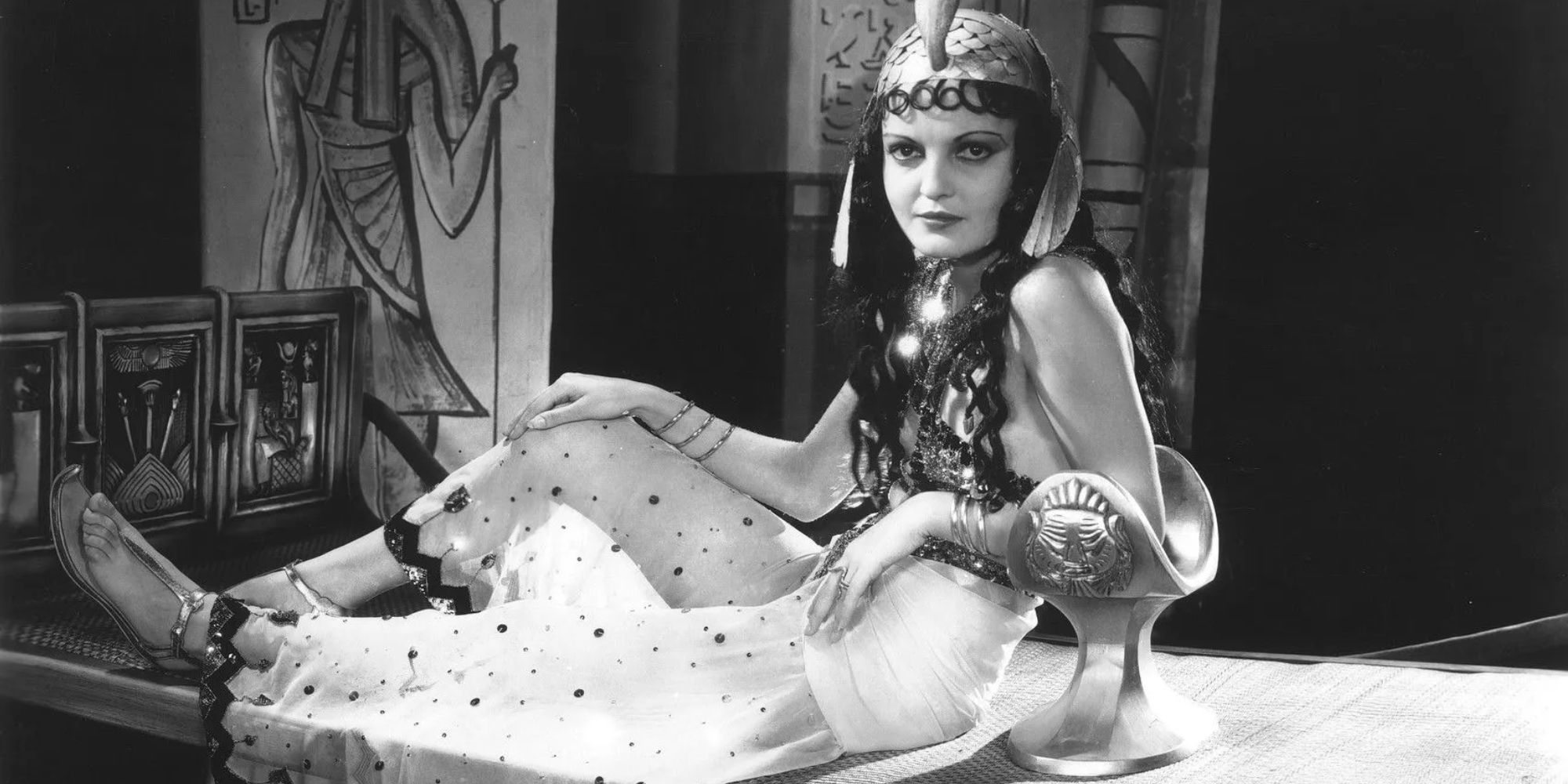
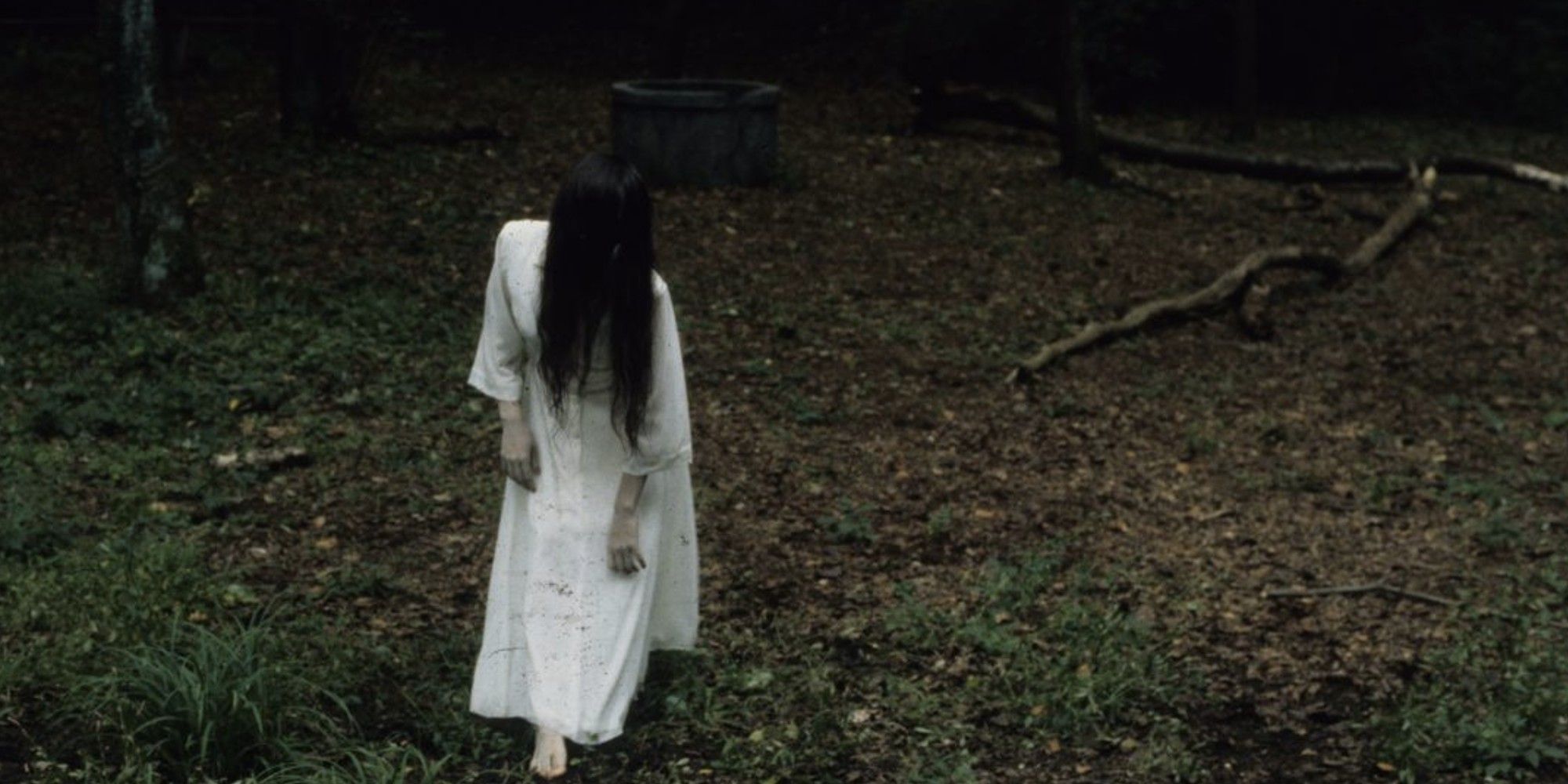
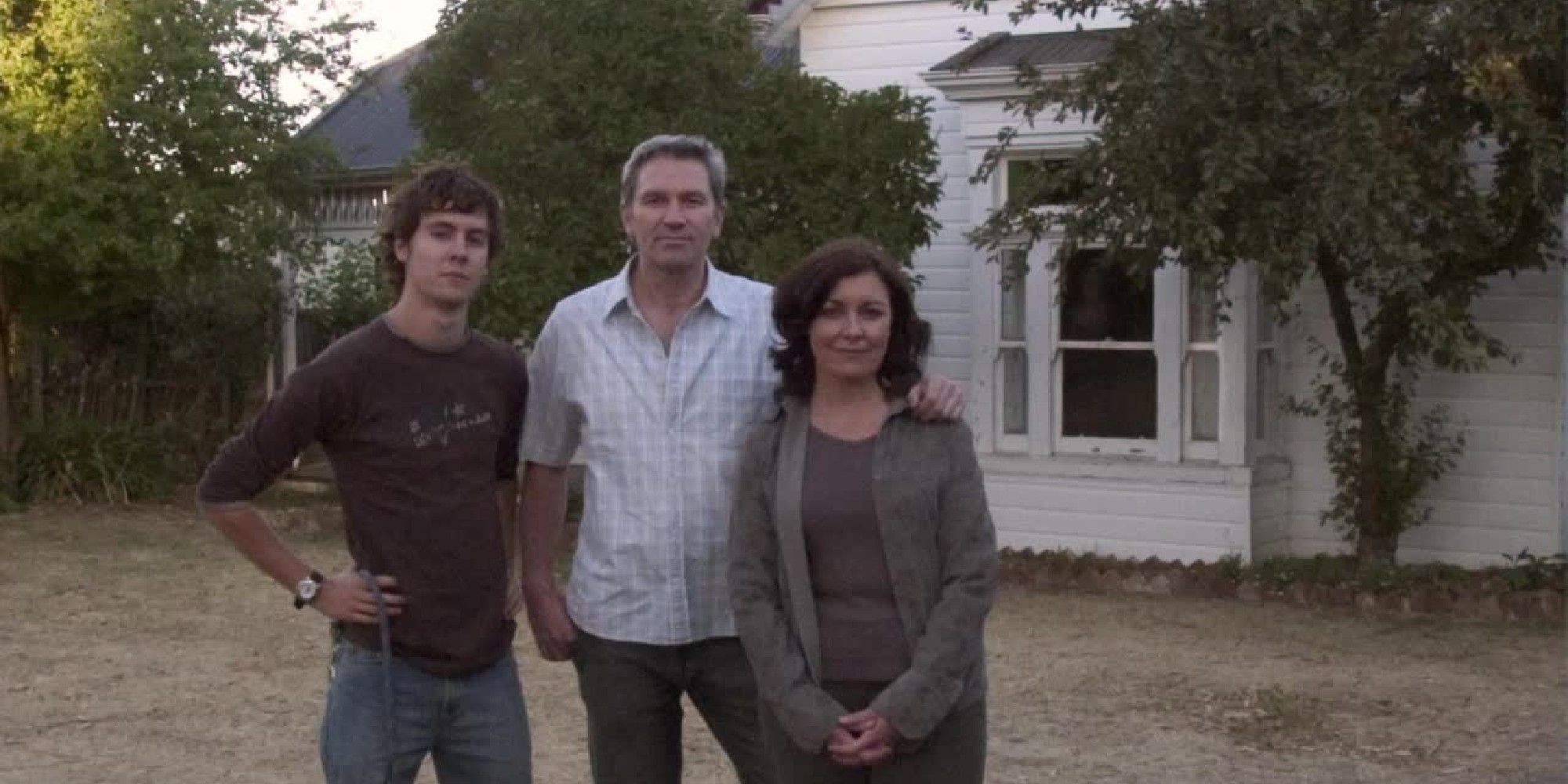
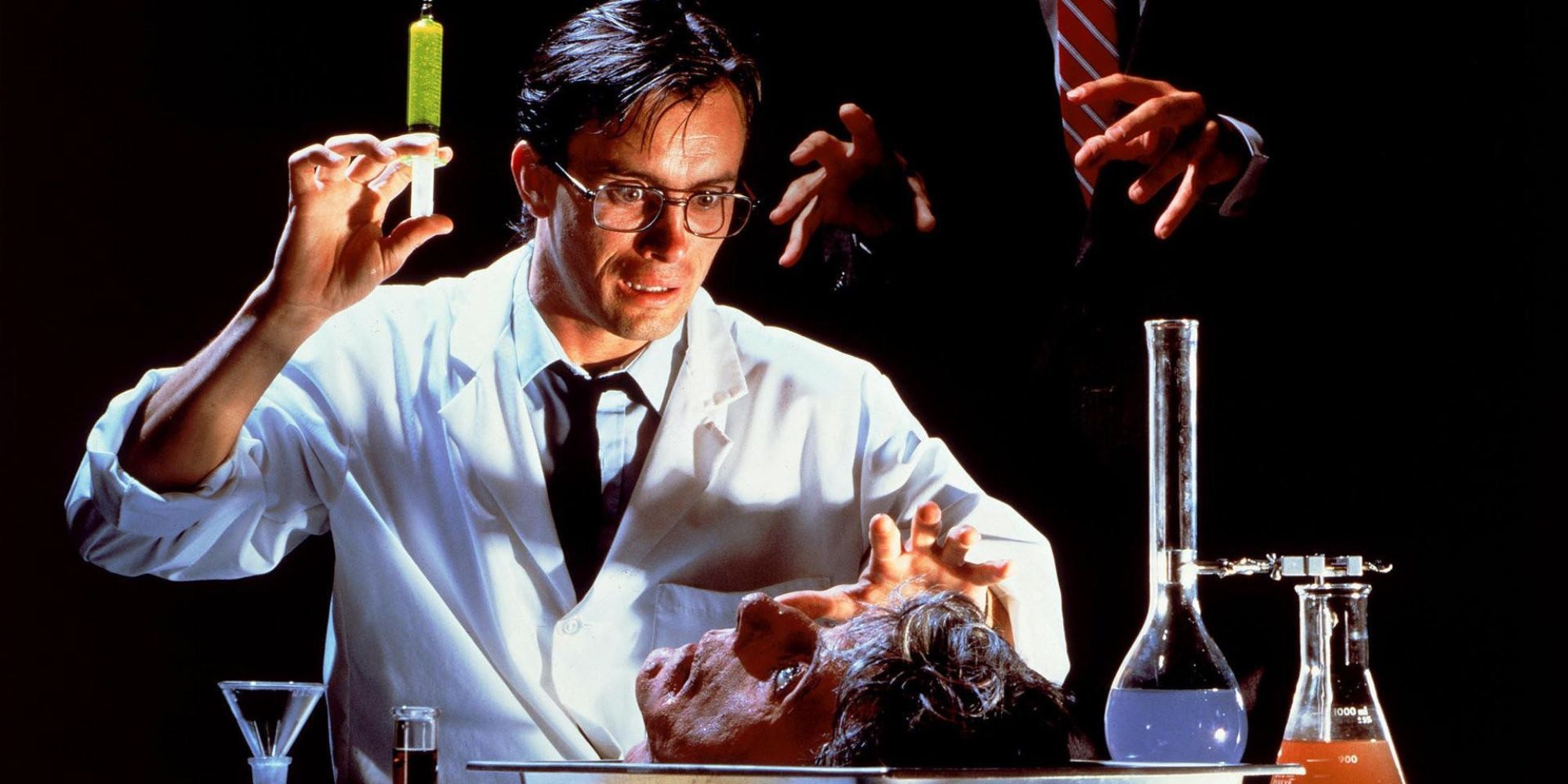
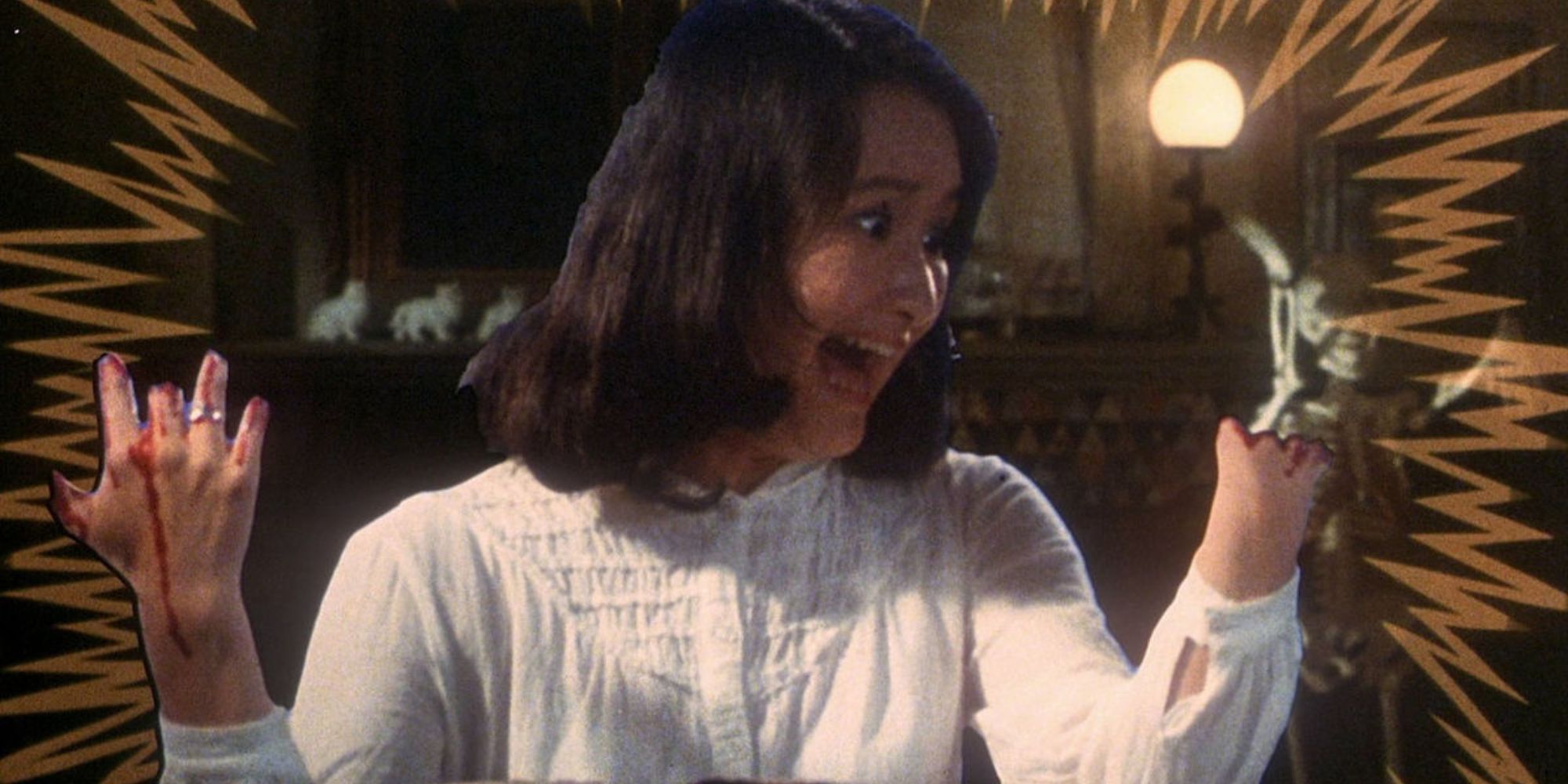
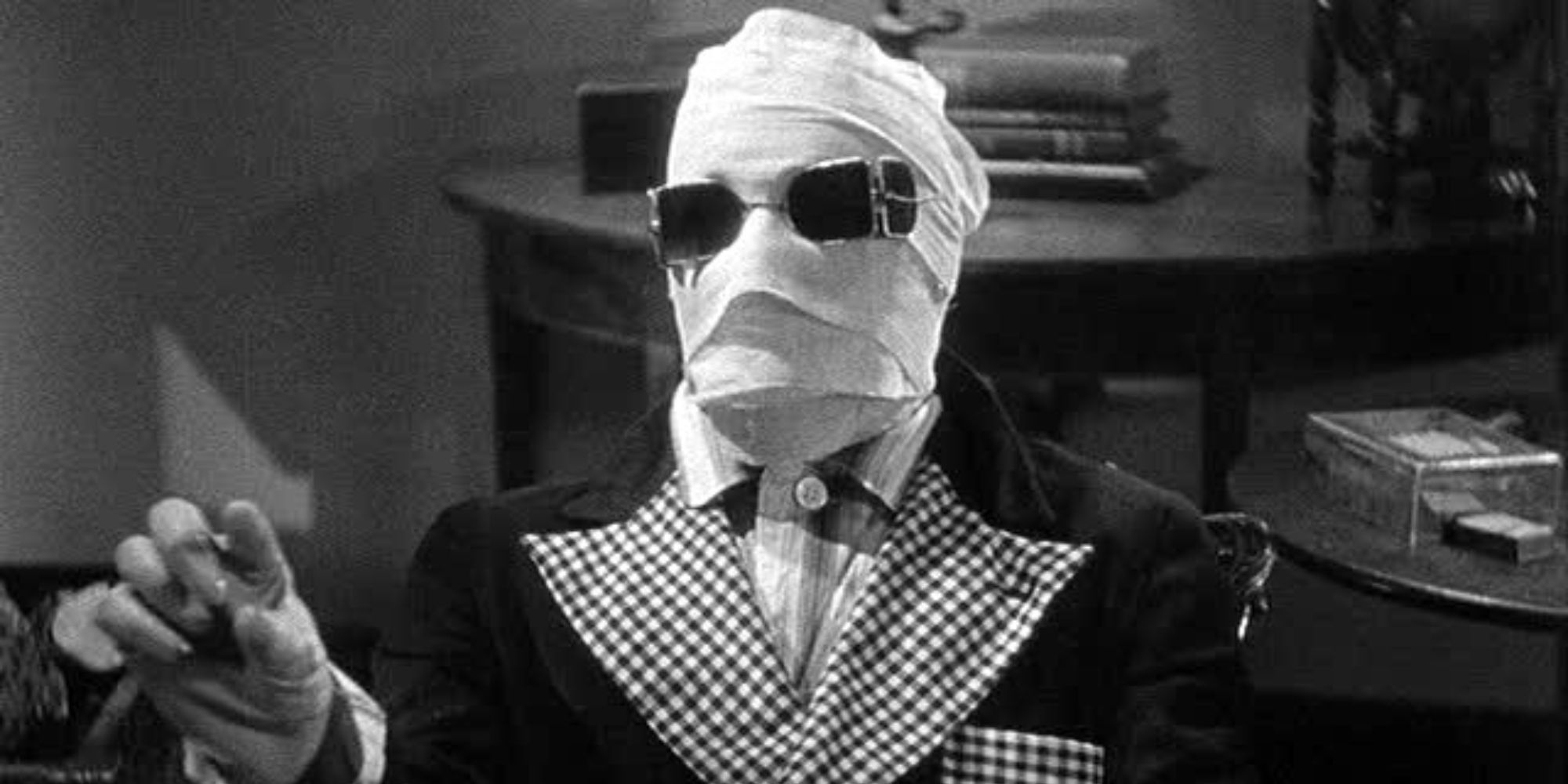
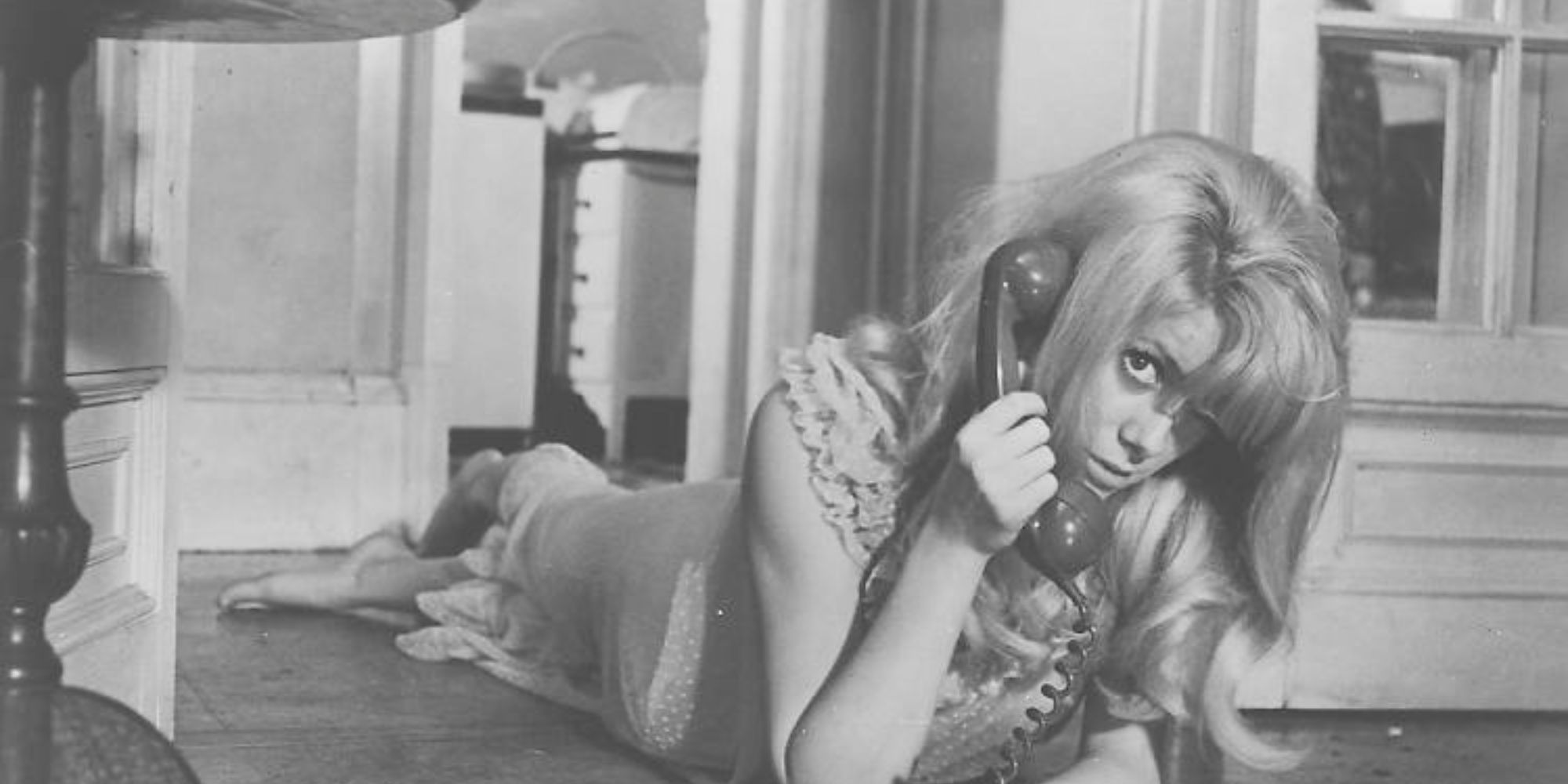
-4.jpg)
